|
|
|
|
|
|
|
|
Photo Gallery for Pantherophis alleghaniensis-quadrivittatus - Central/Yellow Ratsnake Complex
| 107 photos are available. Only the most recent 30 are shown.
|
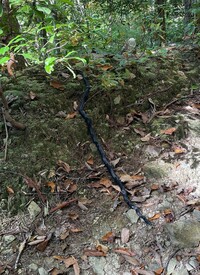 | Recorded by: K. Bischof
Transylvania Co.
Comment: | 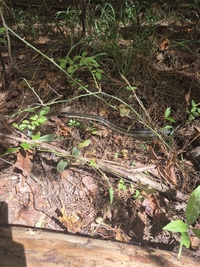 | Recorded by: K. Sanford
Bertie Co.
Comment: |
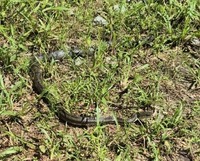 | Recorded by: K. Sanford
Bertie Co.
Comment: |  | Recorded by: Danny Edwards
Davidson Co.
Comment: |
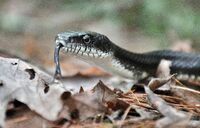 | Recorded by: J. Mickey
Wilkes Co.
Comment: | 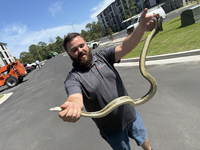 | Recorded by: Kyle Robertson
Onslow Co.
Comment: |
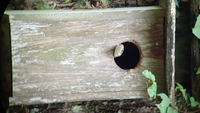 | Recorded by: Erich Hofmann and Kayla Weinfurther
New Hanover Co.
Comment: |  | Recorded by: J. Mickey
Wilkes Co.
Comment: |
 | Recorded by: J. Reynolds, B. Leon-Rossi
Rockingham Co.
Comment: |  | Recorded by: Erich Hofmann and Kayla Weinfurther
New Hanover Co.
Comment: |
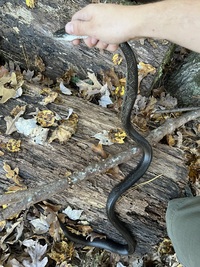 | Recorded by: C. Hinson C. Eure
Gates Co.
Comment: | 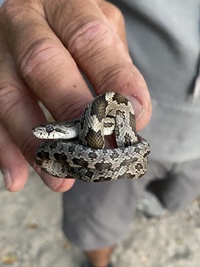 | Recorded by: David George, Randy Newman
Carteret Co.
Comment: |
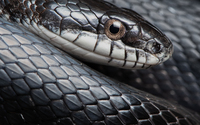 | Recorded by: Shreyes
Chapel Hill Co.
Comment: | 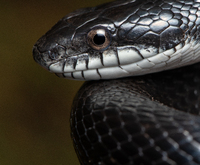 | Recorded by: Shreyes
Chapel Hill Co.
Comment: |
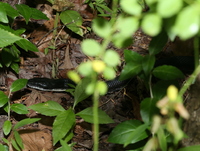 | Recorded by: David George, Jame Amoroso, John Amoroso, Meriel Goodwin, Jason Hollinger, Gary Perlmutter
Chatham Co.
Comment: |  | Recorded by: Steve Hall and Meriel Goodwin
Chatham Co.
Comment: |
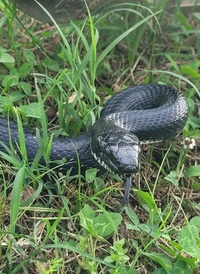 | Recorded by: Andrew W. Jones
Polk Co.
Comment: | 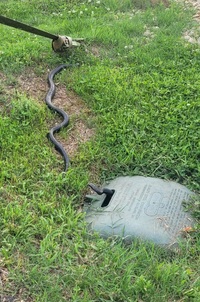 | Recorded by: Andrew W. Jones
Polk Co.
Comment: |
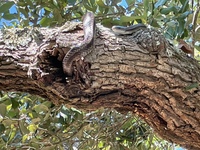 | Recorded by: Tom Howard
Brunswick Co.
Comment: |  | Recorded by: Stephanie Willis
Guilford Co.
Comment: |
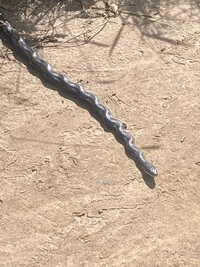 | Recorded by: Stephanie Willis
Guilford Co.
Comment: | 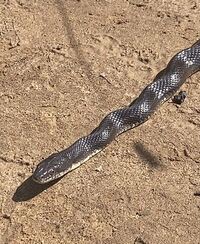 | Recorded by: Stephanie Willis
Guilford Co.
Comment: |
 | Recorded by: J. Reynolds
Rockingham Co.
Comment: |  | Recorded by: Salman Abdulali
Pitt Co.
Comment: |
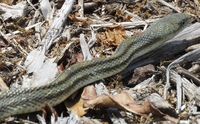 | Recorded by: Salman Abdulali
Pitt Co.
Comment: |  | Recorded by: Salman Abdulali
Pitt Co.
Comment: |
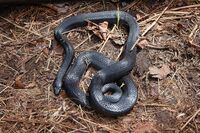 | Recorded by: J. Mickey
Wilkes Co.
Comment: |  | Recorded by: J. Reynolds
Rockingham Co.
Comment: |
 | Recorded by: michael wilson
Harnett Co.
Comment: | 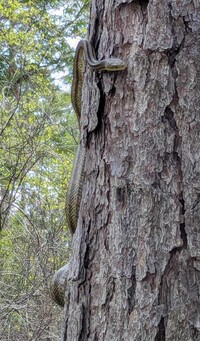 | Recorded by: Erich Hofmann and CFCC BIO146 Students
Brunswick Co.
Comment: |
|

 »
» 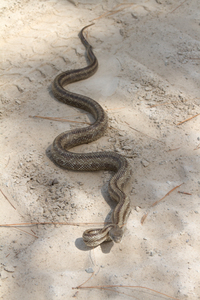
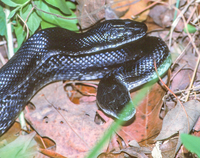
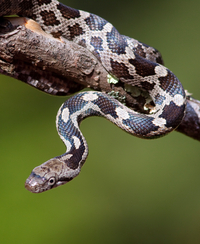

 »
» 

